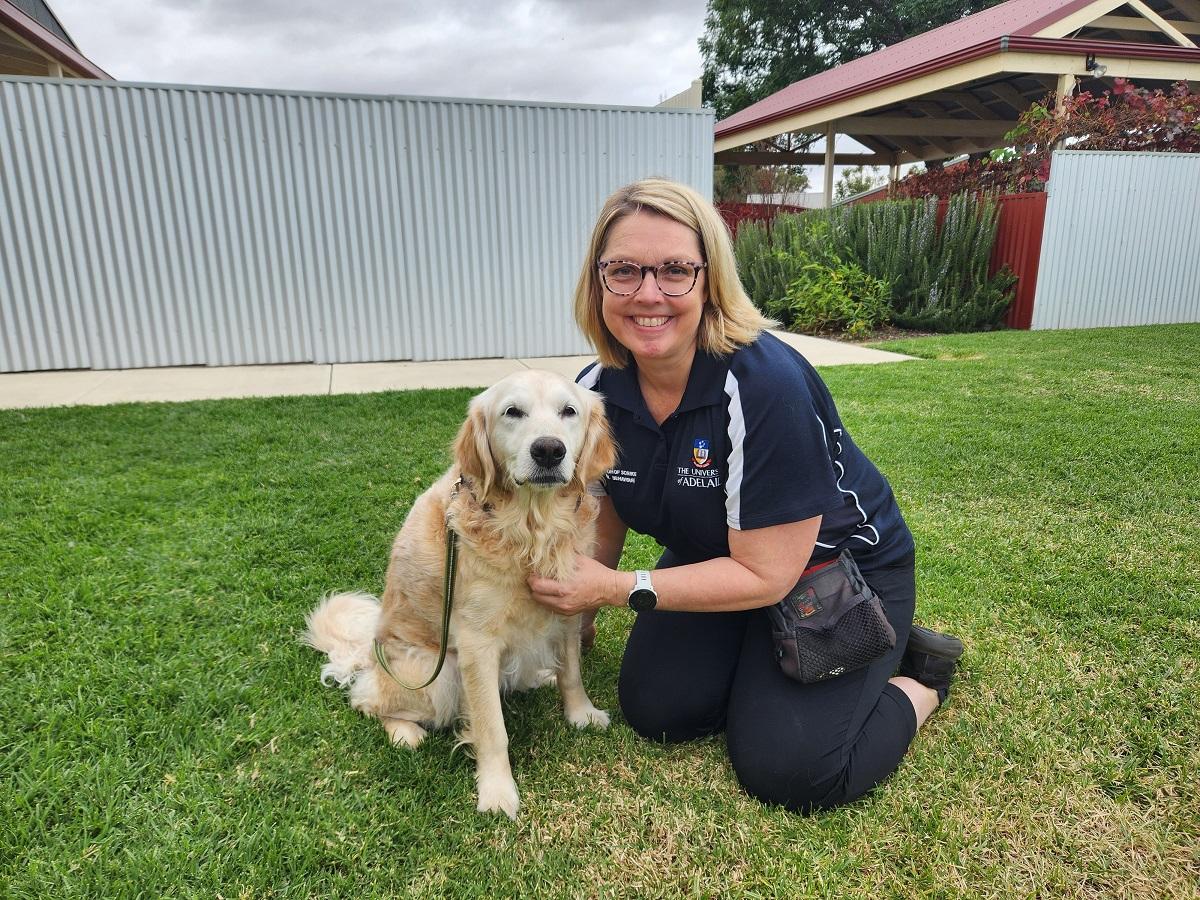- The Department of Transport and Main Roads (TMR) is encouraging Queensland drivers to follow the law and best practice recommendations when travelling with children.
- A passenger who is under four years old must not be seated in the front row of a motor vehicle that has two or more rows of seats, under any circumstances.
- When all rear seats are taken by children under seven years of age, a child between age four and seven may sit in the front seat.
The Department of Transport and Main Roads (TMR) is encouraging parents and carers to familiarise themselves with Queensland Road Rules and best practice recommendations when travelling in vehicles with children.
The awareness boost follows recent discussion on popular children’s program, Bluey about where children may legally sit in vehicles on Queensland’s roads. The episode referenced Queensland Road Rules when safety advocate Chilli was travelling with four young pups. At TMR we have long endorsed Bluey as a positive representation of Queensland, particularly now the program is helping to educate viewers on road safety, sparking important conversations globally.
Since the episode aired on Sunday evening, TMR has gone viral after providing clarification on the rules and best practice on Facebook and X (formerly Twitter), with over 1,000 comments from people contributing to a conversation on safety. TMR’s specific road rules webpage ‘Where children should sit‘ also received a 1,00% increase in page views directly after the episode went to air.
In Queensland, children aged between four and seven can legally sit in the front seat of a two row vehicle if all other seats are taken by children under seven, but they are safest in the back seat until age 12. In this scenario it is safest if the child in the front seat is placed in an untethered booster seat and the front seat moved back.
Children aged seven and above can legally sit in a normal seat with an adult seatbelt, however it is recommended they remain in a booster seat until their shoulders go past the maximum height marker. Most children are not big enough to fit into a standard seat until age 11 or 12.
TMR and Kidsafe Queensland have developed free resources to support parents and carers in their decision making, including a new instructional video series on how to correctly install and use child restraints. These can be accessed via https://streetsmarts.initiatives.qld.gov.au/parents.
The National Transport Commission will be conducting a review of the Australian Road Rules relating to child restraints in the 2024-25 financial year.
Quotes attributable to Bart Mellish, Queensland Minister for Transport and Main Roads and Minister
“I love that the Bluey team took the time to research the road rules for their latest episode.
“It’s great to see the community engage in a healthy discussion about the safety of children in vehicles following the recent episode of Bluey. It provides a timely reminder for parents to consider both the law and best practice when making a decision.
“Road safety is TMR’s number one priority, and we are particularly committed to equipping parents and carers with the right information to protect children on our roads.
“Late last year, we released a video series highlighting how to correctly and safely fit child restraints for children of all sizes, taking the mystery out of installing and using many of the different child restraints available.
“Every driver is responsible for ensuring their passengers are buckled up correctly before starting a journey, and we want to help parents and carers feel confident that they are not just doing the right thing, but the safest thing.
“TMR welcomes the planned review of Australian Road Rules relating to child restraints in the 2024-25 financial year by the National Transport Commission.
“This is a significant step forward in our collective efforts to enhance road safety, particularly for our youngest passengers, by ensuring our child restraint rules remain up to date with emerging best practice.”
Quotes attributable to Kidsafe Qld CEO, Susan Teerds:
“We want to impress upon people to consider the child’s age and their size as well as the law when deciding which child car restraint to use and the seating position.
“Consider for example, forward-facing restraints—just because a child is legally old enough to face forward in their restraint, they must meet the minimum height marker before forward facing and are safest if kept rear-facing as long as possible or for as long as they still fit their rear-facing restraint.
“The same goes for transitioning to an adult seatbelt when your child turns seven. Just because it is legal, doesn’t mean they are big enough to come out of their child restraint and into an adult seat.
“In fact, children are typically not big enough to use an adult seat and seatbelt until around age 11 or 12, and fit will vary depending on the child’s body geometry and the type of vehicle. That’s why we strongly encourage parents to use the ‘5 step test’ to determine whether a child is big enough to progress to an adult seat in every vehicle they ride in.
“Until the age of seven years a child is required to be seated in a compliant child car restraint. If a small child is on the adult seat with the seatbelt on the side of their neck and up on their tummy they may be in danger of serious injury. If in the front seat, the airbag can cause serious injuries to young and smaller children.
“We want parents to make sure their child is in the right restraint for their size and that they are using it correctly, as these factors can influence the degree of injury in the event of a crash.”
Fast Facts
- The seatbelts campaign and videos can be viewed here.







